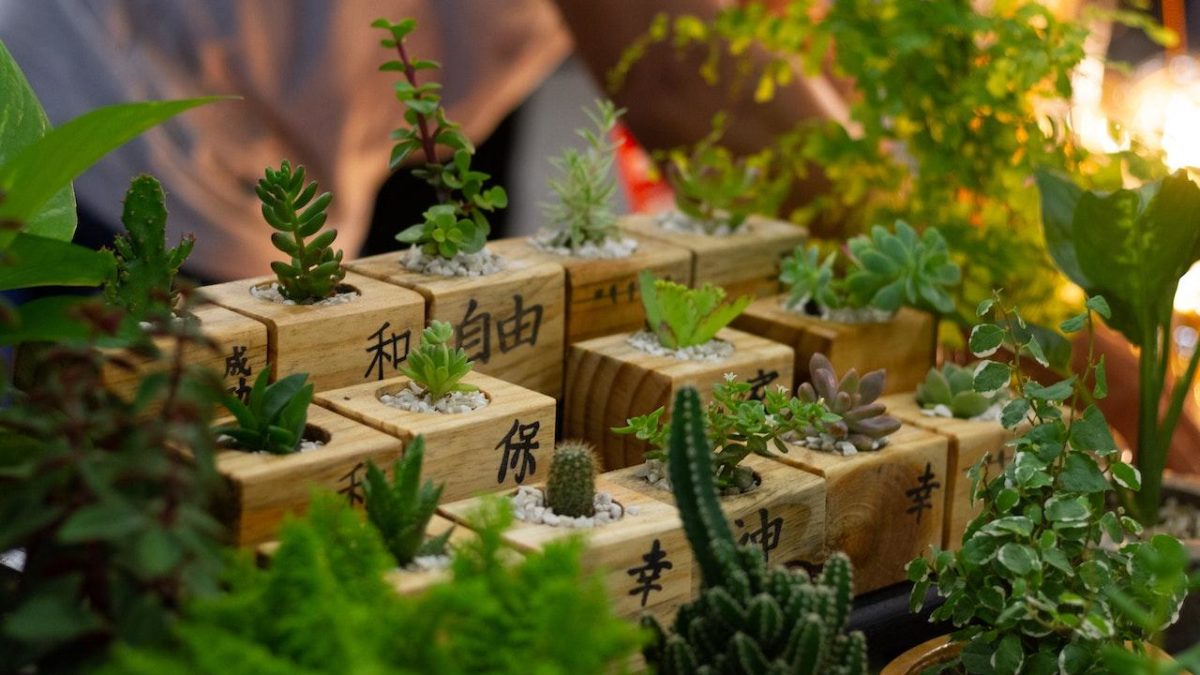“The best way to care for spiky houseplants is to keep them away from direct sunlight and water them regularly.”
Spiky houseplants are a great addition to any indoor space! Not only do they add a touch of greenery, but they can also help purify the air- which is one of the numerous benefits of spiky houseplants.
These plants, just like other houseplants, need adequate care for growth and development. You must plan the plant’s care routine perfectly and abide by it. Our guide will show you how to take care of your spiky houseplants, irrespective of the type you have.
The Benefits Of Spiky Houseplants
Spiky houseplants are a great addition to any home. They not only look cool, but they also have many benefits. Here are some of the benefits of spiky houseplants:
- Spiky houseplants can help purify the air.
- Spiky houseplants can help improve your concentration and focus.
- They help boost your mood and energy levels.
- They reduce stress levels.
- Spiky houseplants can help improve the quality of your sleep.
How To Choose The Right Spiky Houseplant For Your Home
There are many factors to consider when choosing a spiky houseplant for your home. Here are a few tips to help you choose the right plant for your space:

1. The size of your space
Spiky plants come in a range of sizes, from small tabletop plants to large floor plants. Choose a plant that will fit comfortably in your space.
2. The light
Spiky plants need bright, indirect light to thrive. If your space is very dark, choose a plant that is tolerant of low light, such as a snake plant.
3. Watering schedule
Spiky plants are generally drought-tolerant, but some species require more water than others. If you are busy or tend to forget to water your plants, choose a plant that is tolerant of drought, such as a cactus.
4. Pets
Some spiky plants are toxic to pets, such as cats and dogs. If you have pets, choose a plant that is safe for them, such as a spider plant.
5. Budget
Spiky plants range in price, from very affordable to quite expensive. Choose a plant that fits your budget.
How To Care For Your Spiky Houseplant
Assuming you have already chosen your spiky houseplant and brought it home, there are a few things to do to make sure it thrives.
- Find a nice bright spot for it to live. It will need lots of light to grow well, but too much direct sunlight can scorch its leaves. A south- or west-facing window is usually a good spot.
- Next, make sure you have a pot that is big enough for your plant. It should be at least a few inches wider than the root ball of your plant. A pot that is too small will stunt the growth of your plant.
- Once you have found the perfect spot and pot for your plant, it’s time to think about watering. Spiky houseplants are not very drought-tolerant, so you will need to water them regularly.
- The best way to water them is to stick your finger into the soil to see if it is dry. If it is, give your plant a good drink of water. Allow the water to drain out of the bottom of the pot, and then empty any water that collects in the saucer beneath the pot.
- Finally, remember to fertilize your plant every few weeks during the growing season. A half-strength fertilizer solution applied every two weeks should be plenty.
The Best Spiky Houseplants For Beginners
If you’re looking for a spiky houseplant to add to your collection, there are a few things to consider. Some of the factors to consider when choosing spiky plants are adequate attention, climate, and plant size.
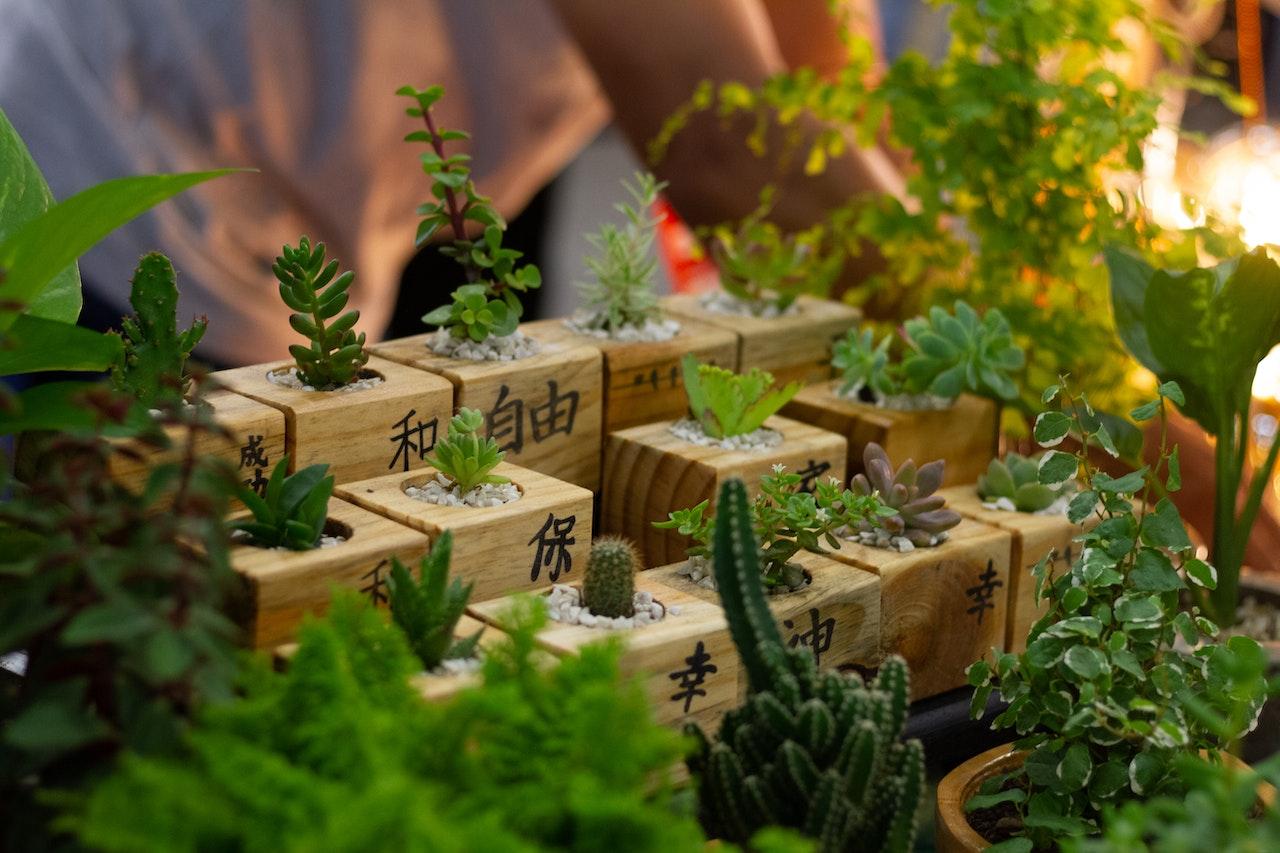
Credit: Pexels
Assuming you’re a beginner and you want a low-maintenance plant that will do well in most climates, here are a few of the best spiky houseplants for beginners:
1. Aloe Vera
Aloe vera is a succulent, so it doesn’t need a lot of water to survive. It’s also tolerant of most climates, although it does prefer warm, dry conditions. These plants can grow to be quite large, hence you might want to consider another plant if you want something smaller.
2. Cactus
Cacti are another great option for beginner plant owners. Like aloe vera, they don’t need a lot of water and can tolerate a variety of climates. They come in a wide range of sizes, so you can choose one that will fit your space. Just be careful not to overwater your cactus, as too much water can cause it to rot.
3. Snake Plant
Snake plants are another type of succulent perfect for beginner plant owners. They’re very tolerant of neglect and can even survive in low-light conditions. These plants come in a variety of sizes, so you can choose one that will fit your space. Just be sure to water your snake plant sparingly.
4. Yucca
Yucca is a type of desert plant that is very drought-tolerant. It can grow in a wide range of climates, although it does prefer warm, dry conditions.
5. Agave
Agave is another type of desert plant that is very drought-tolerant. It can grow in a wide range of climates, although it does prefer warm, and dry conditions.
These are just a few of the best spiky houseplants for beginners. With a little more research, you can find the perfect plant for your home.
The Most Popular Spiky Houseplants
1. Aloe vera
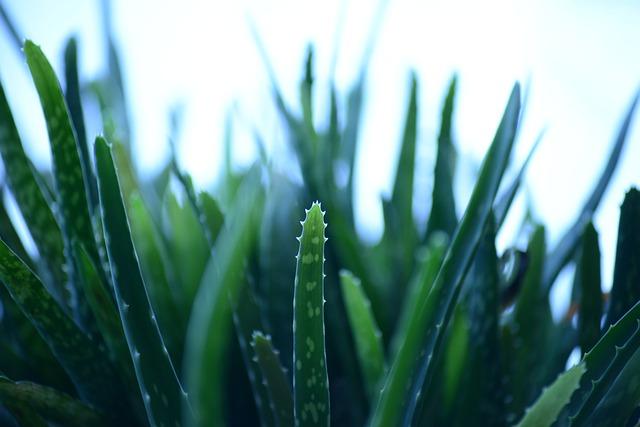
Aloe vera is a popular spiky houseplant that is easy to care for. It prefers bright, indirect light and well-drained soil. Allow the soil to dry out between watering. Aloe vera can be propagated from stem cuttings.
2. Agave
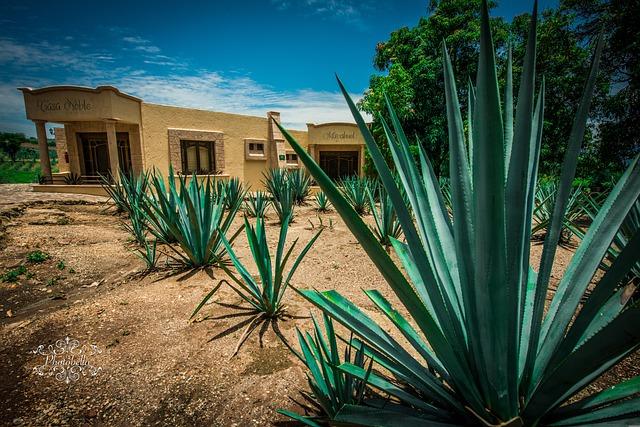
Agave is a popular spiky houseplant that originates from Mexico. It prefers full sun and well-drained soil. Allow the soil to dry out between watering. Agave can be propagated from offsets or stem cuttings.
3. Yucca
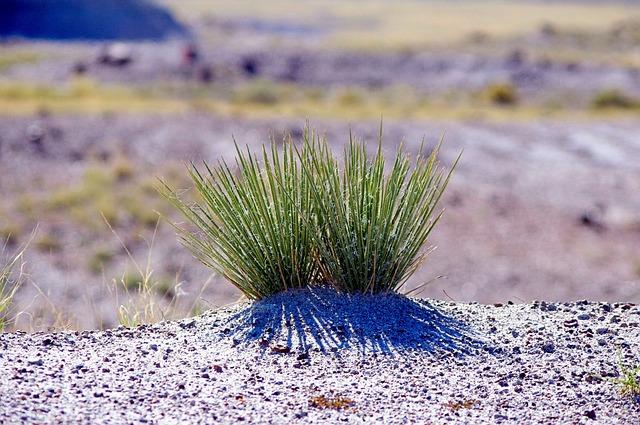
Yucca is a popular spiky houseplant that originates from the deserts of the southwestern United States. It prefers full sun and well-drained soil. Allow the soil to dry out between watering. Yucca can be propagated from offsets or stem cuttings.
4. Cactus
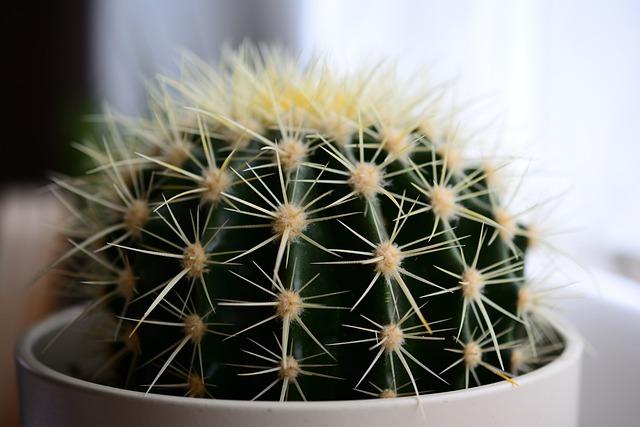
Cactus is a popular spiky houseplant that originates from the deserts of the southwestern United States. It prefers full sun and well-drained soil. Allow the soil to dry out between watering. Cactus can be propagated from offsets or stem cuttings.
5. Euphorbia
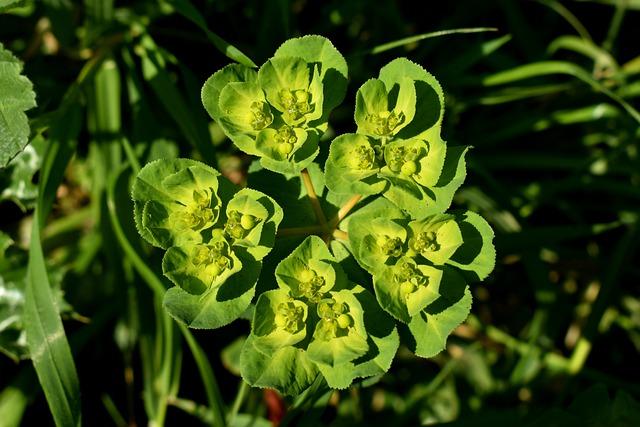
Euphorbia is a popular spiky houseplant that originates from Africa. It prefers full sun and well-drained soil. Allow the soil to dry out between watering. Euphorbia can be propagated from stem cuttings.
The Most Challenging Spiky Houseplants To Care For
There are a few spiky houseplants that can be challenging to care for. These include cacti, agaves, and yuccas.
- Cacti are often thought of as being easy to care for, but they can be challenging. They need bright light and well-drained soil. They also need to be watered deeply, but not too often. Overwatering can cause root rot.
- Agaves are another type of spiky houseplant that can be difficult to care for. They need bright light and well-drained soil. They also need to be watered deeply, but not too often. Overwatering can cause root rot.
- Yuccas are also difficult to care for. They need bright light, well-drained soil, and to be watered deeply, but not too often. Overwatering can cause root rot.
The Best Potting Soil For Spiky Houseplants
There are a few things to keep in mind when choosing potting soil for your spiky houseplants. The most important thing is to make sure the soil is well-draining. Spiky plants have shallow roots and can easily rot if the soil is too wet. Look for a potting mix that contains perlite or vermiculite, which will help with drainage. You can also add some sand to regular potting soil to help with drainage.

When it comes to fertilizing, spiky plants don’t need a lot. Because they have shallow roots, they can’t take up nutrients from the soil as efficiently as other plants. A light fertilizer every few weeks is all they need. You can also add some slow-release fertilizer to the potting mix when you first plant your spiky houseplant.
How To Repot A Spiky Houseplant
Spiky houseplants are a great way to add some life to your home. But like all plants, they need to be cared for properly. This includes repotting them when they outgrow their current pot.
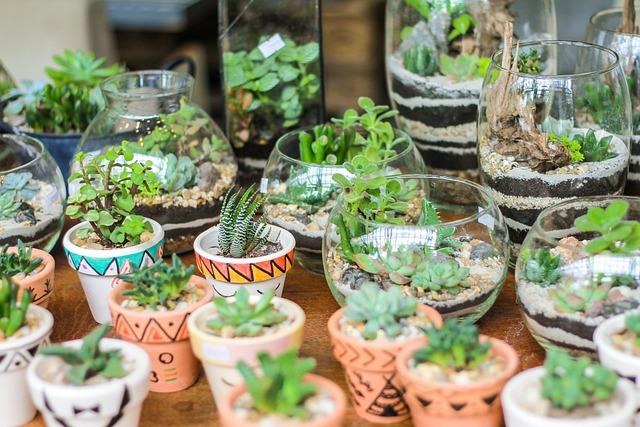
Here’s how to repot a spiky houseplant:
- Choose a new pot that is slightly larger than the current one. This will give the roots room to grow.
- Add some fresh potting soil to the new pot.
- Gently remove the plant from its current pot. Be careful not to damage the roots.
- Place the plant in the new pot and fill it around with potting soil.
- Water the plant well.
How To Propagate Spiky Houseplants
To propagate spiky houseplants, you will need to take a cutting from the plant. The best time to do this is in the spring or summer when the plant is actively growing.
- Use a sharp knife or garden shears to cut a 4-6 inch piece off of the plant. Make sure to cut just below a leaf node, which is where the leaves meet the stem.
- Remove the lower leaves from the cutting, leaving 2-3 leaves at the top. Dip the cut end of the cutting into rooting hormone, then plant it in a pot filled with moistened potting mix.
- Place the pot in a warm, bright location, and keep the soil moist. In 4-6 weeks, the cutting should have rooted and new growth will appear. At this point, you can transplant the new plant into a pot of its own.
Bonus Tips
- Fertilize every two weeks with a half-strength fertilizer solution.
- Place the plant in a bright location, but out of direct sunlight.
- Water when the soil feels dry to the touch.
- Trim back any brown or yellow leaves as they occur.
- Provide a humid environment by placing the plant on a pebble tray or misting it regularly.
- Avoid overwatering.
Frequently Asked Questions
- What are some general tips for caring for spiky houseplants?
Spiky houseplants are generally easy to care for, but factors like bright, indirect light, adequate water, and well-drained soil should be considered.
- What are some common pests and diseases that affect spiky houseplants?
The most common pests that affect spiky houseplants are mealybugs, spider mites, and scale insects.
- Mealybugs are small, white, fuzzy pests that suck the sap out of plants. They can be difficult to control, so it’s best to catch them early.
- Spider mites are tiny, red, spider-like pests that spin webs on the undersides of leaves. They can also be difficult to control, so it’s best to catch them early.
- Scale insects are small, brown, hard-bodied pests that suck the sap out of plants. They can be controlled with insecticidal soap or horticultural oil.
The most common diseases that affect spiky houseplants are root rot and powdery mildew.
- Root rot is caused by too much water and can be fatal to plants.
- Powdery mildew is a white, powdery fungus that commonly affects houseplants. It’s not usually fatal, but it can be unsightly.
Both root rot and powdery mildew can be prevented by ensuring your spiky houseplant has well-draining soil and by not overwatering.
Conclusion
Spiky houseplants are a great way to add some personality to your indoor space. When choosing a spiky houseplant, be sure to pick one that is appropriate for your level of care. Once you have your plant, water it regularly and give it plenty of bright, indirect light. This post is a guide towards taking care of your spiky houseplants and doing justice to their growth.
Michelle Wilde
Related posts
![]()
About Michelle Wilde
Michelle Wilde is a stay-at-home mom and avid plant lover. Armed with a post-graduate degree in Computer Science (no kidding!), she loves researching plants and landscapes. When she is not caring for her 4 kids, she spends time on her passion for plants. She blogs at www.indoorplantschannel.com, the trusted source for indoor plants.
Learn more
Subscribe
* You will receive the latest posts and updates about indoor plants!
Search
Recent Posts
Categories
- Beginner Guides (10)
- FAQ (206)
- General (2)
- How-To Guides (212)
- Indoor Plants (214)
- Pest Management (2)
- Plant Problem Solutions (4)
- Seasonal Growing (2)
- Specialized Environments (2)
- Specific Plant Care (3)
- Technical Growing (2)
